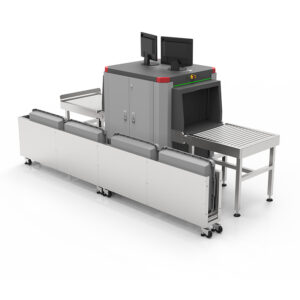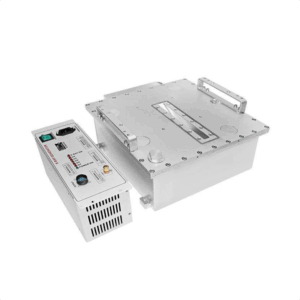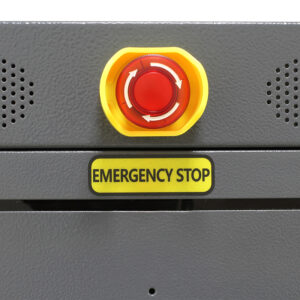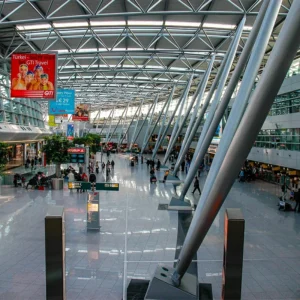
Beyond the Checkpoint: How X-Ray Baggage Scanners Became the Heart of Airport Security
Every day, millions of passengers pass through airports worldwide, trusting that their journey will be safe. Behind this safety stands an unassuming guardian: the X-ray baggage scanner. While often overlooked by travelers, these sophisticated machines form the critical first line of defense in aviation security.
At Safeagle, we understand that airport security isn’t just about preventing threats—it’s about enabling safe, efficient travel for everyone. Here’s why modern X-ray scanning technology remains indispensable to airport safety.
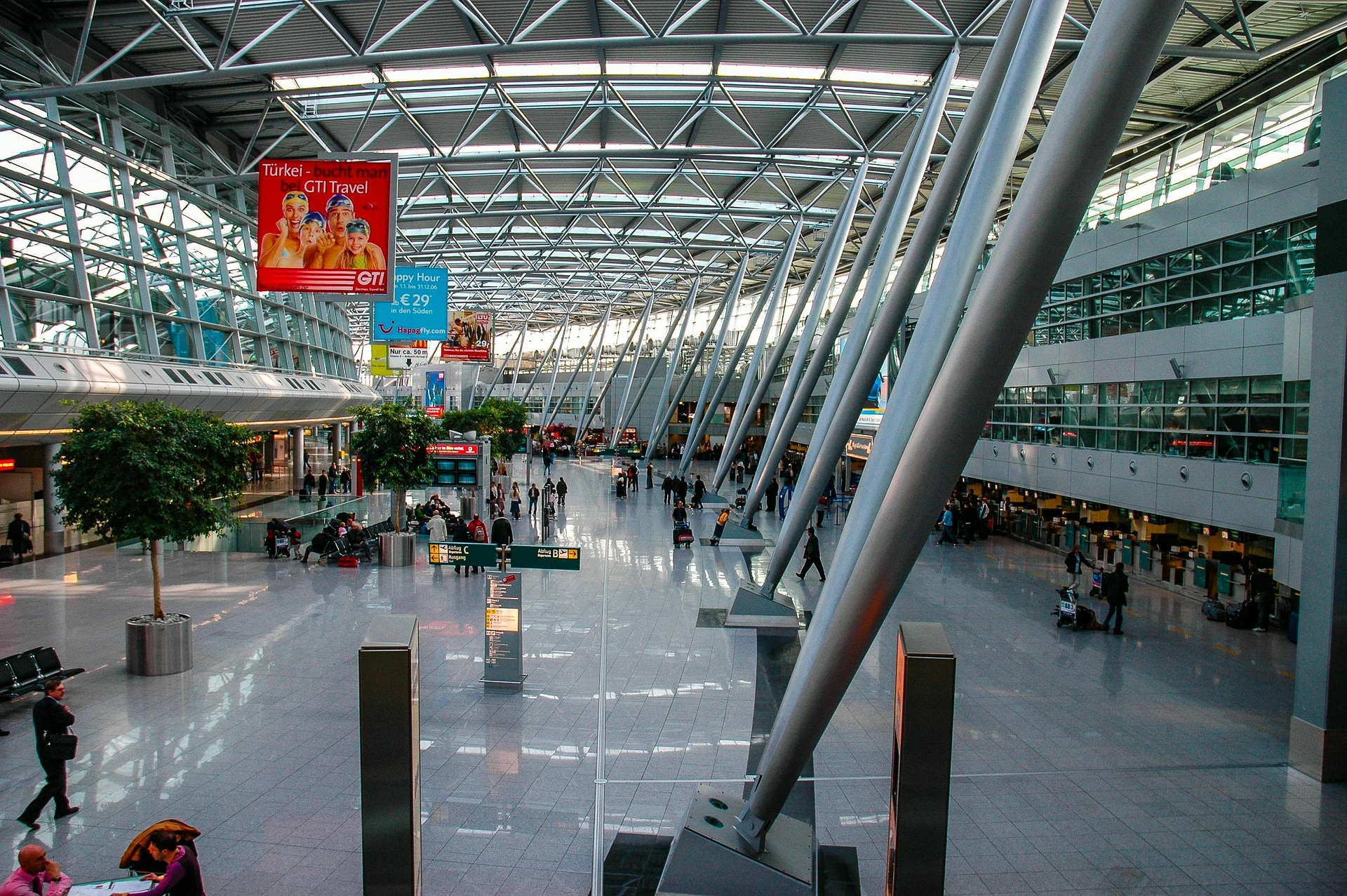
The Unseen Threats: Why Visual Inspection Isn’t Enough
Imagine attempting to manually search every bag passing through a major airport like Dubai International (serving over 86 million passengers annually). Even a cursory 2-minute inspection per bag would create impossible bottlenecks and inevitably miss carefully concealed threats.
Modern X-ray scanners solve this impossible challenge through:
Material Discrimination Technology
Advanced dual-energy systems can distinguish between organic materials (like explosives), inorganic metals (weapons), and mixed substances. This allows security personnel to identify potential threats that would be invisible to the naked eye, even if they knew exactly where to look.
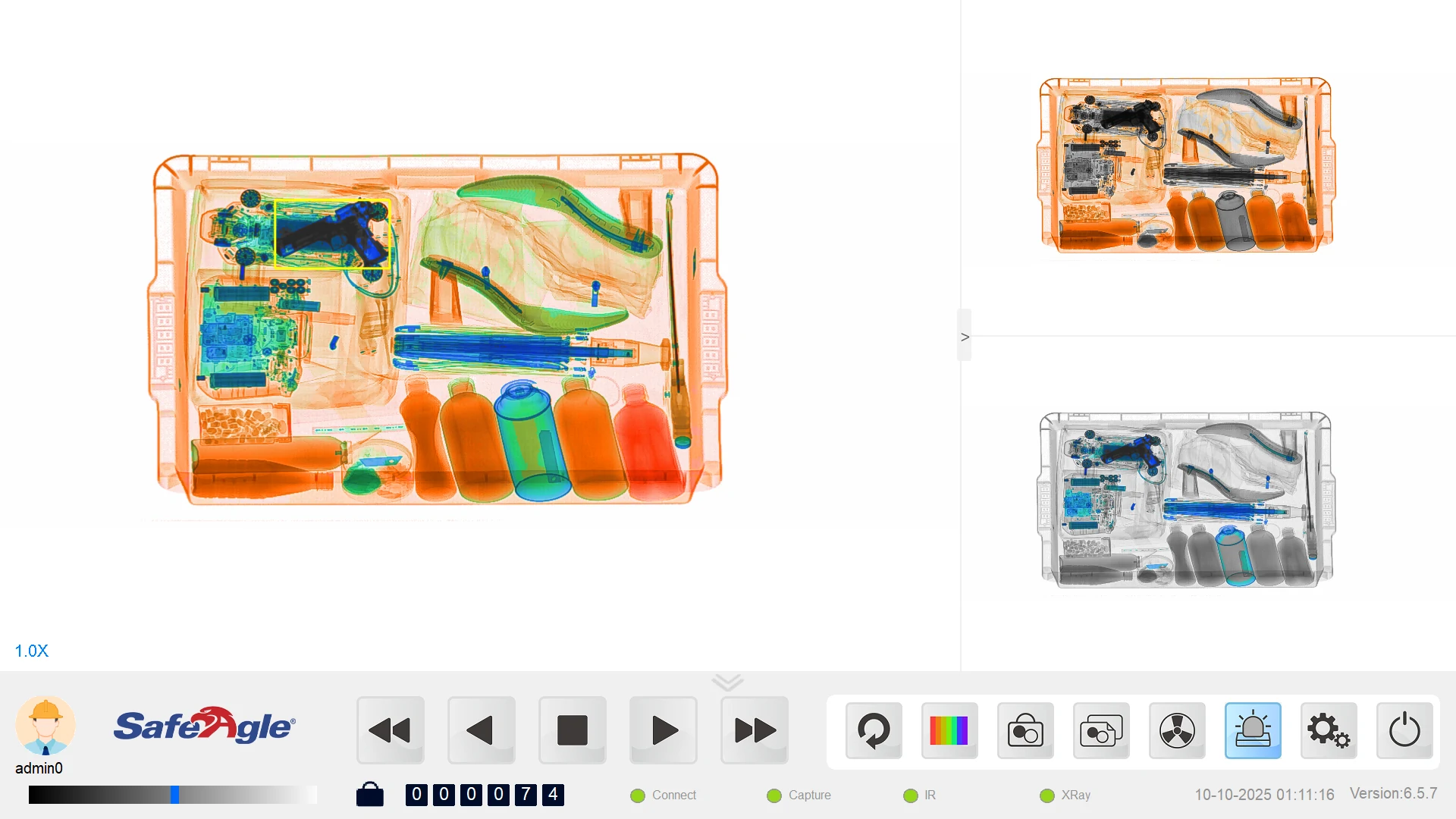
Depth Perception Capabilities
While human inspectors can only see what’s visible, X-ray systems reveal the internal structure of bags, detecting objects hidden in linings, false bottoms, or within electronic devices.
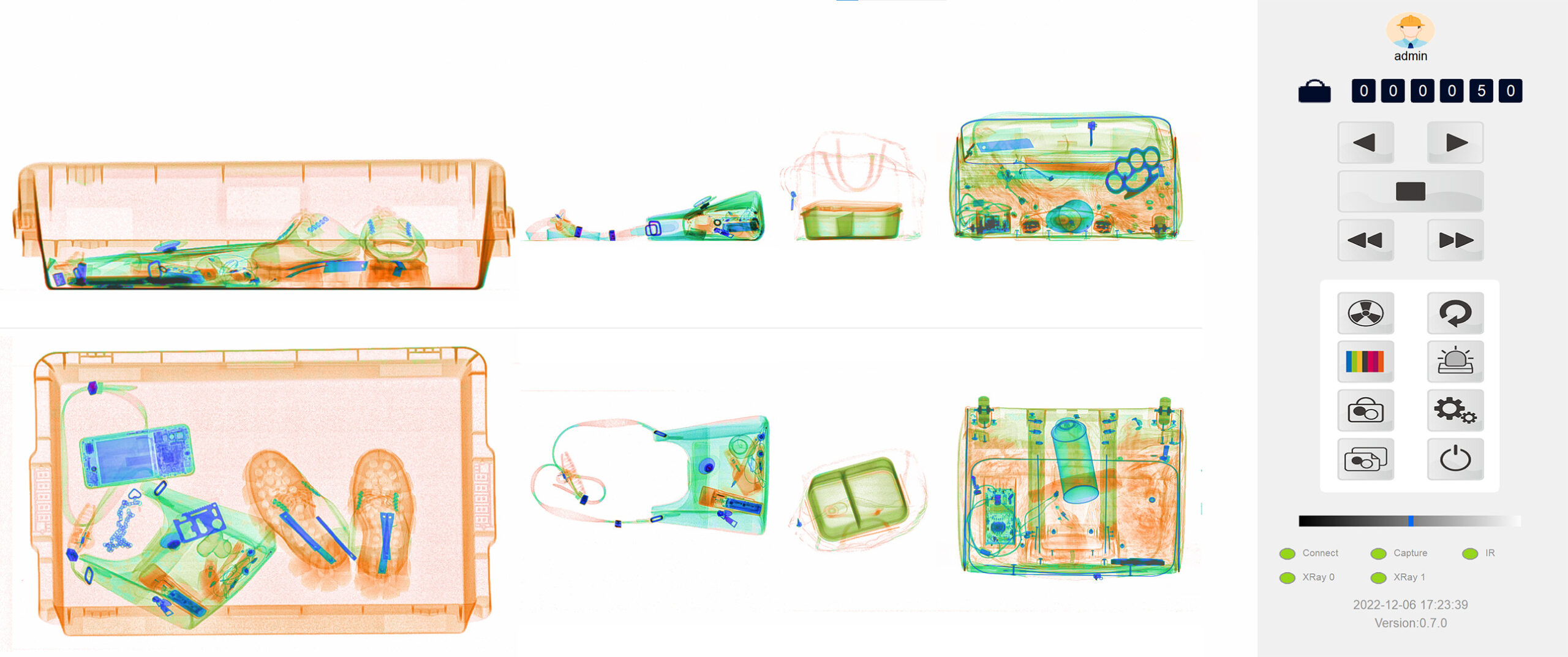
More Than Safety: The Operational Imperative
Airports operate on precise schedules where every minute counts. Effective security screening must balance thorough inspection with operational efficiency.
The High Cost of Delays
According to IATA research, each minute of delay per aircraft costs airlines approximately $100. Inefficient security screening can quickly compound into significant operational impacts. Modern scanners like Safeagle’s Eclipse Series process bags up to 40% faster than previous generations while improving threat detection rates.
Reducing Human Fatigue Factors
Traditional screening relies entirely on operator vigilance, which naturally fluctuates during extended shifts. Safeagle systems incorporate Artificial Intelligence-assisted detection that highlights potential threats, supporting consistent performance throughout long operational hours.
Evolving Threats Require Evolving Solutions
The security landscape constantly changes, with new concealment methods emerging regularly. Yesterday’s scanning technology may not detect today’s sophisticated threats.
Adapting to New Challenges
3D Printed Weapons: Traditional metal detectors cannot identify plastic firearms, making advanced X-ray scanning essential
Liquid Explosives: Modern scanners can characterize liquid containers’ contents without opening them
Component Concealment: Weapons disassembled and hidden across multiple bags can be identified through automated algorithm analysis
The Compliance Framework
International aviation security standards (including ICAO and TSA requirements) increasingly mandate advanced X-ray capabilities. Airports using outdated equipment risk regulatory non-compliance alongside security vulnerabilities.
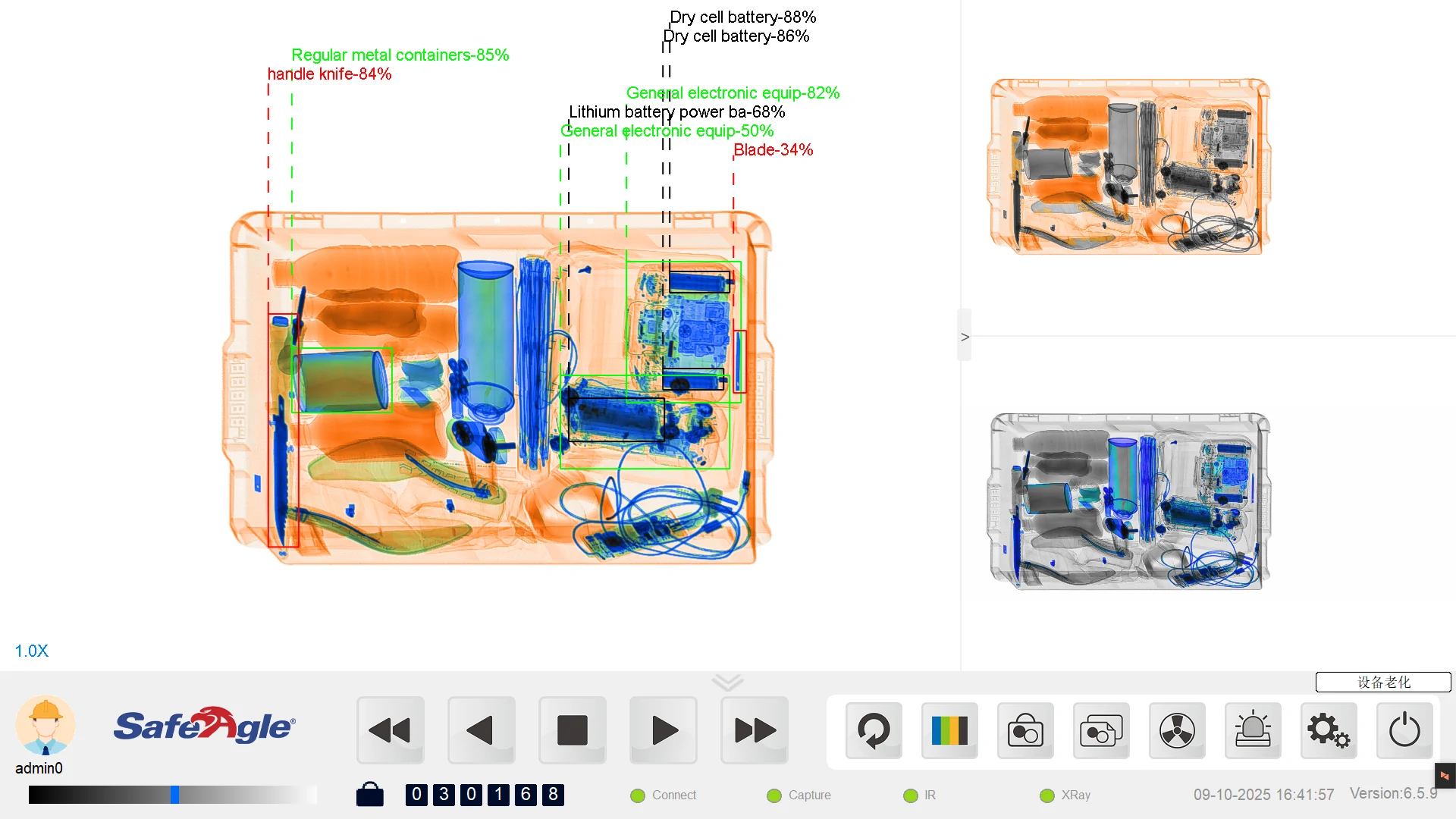
Looking Ahead: The Future of Airport Security
The next generation of aviation security is already taking shape, with computed tomography (CT) scanning, artificial intelligence, and integrated security ecosystems leading the transformation. These technologies promise even more precise threat detection while further streamlining passenger processing.
At Safeagle, we’re proud to partner with airports worldwide in deploying these life-saving technologies. Because behind every scanned bag is a passenger trusting that their journey will be safe, and a aviation professional depending on technology to help them do their job effectively.
Protect Your Passengers, Empower Your Operations
Explore Safeagle’s Airport Security Solutions
Request a Comprehensive Security Assessment
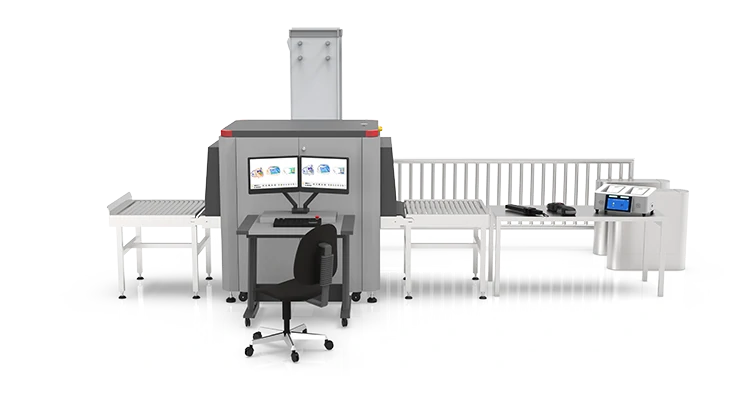
- By Safeagle


